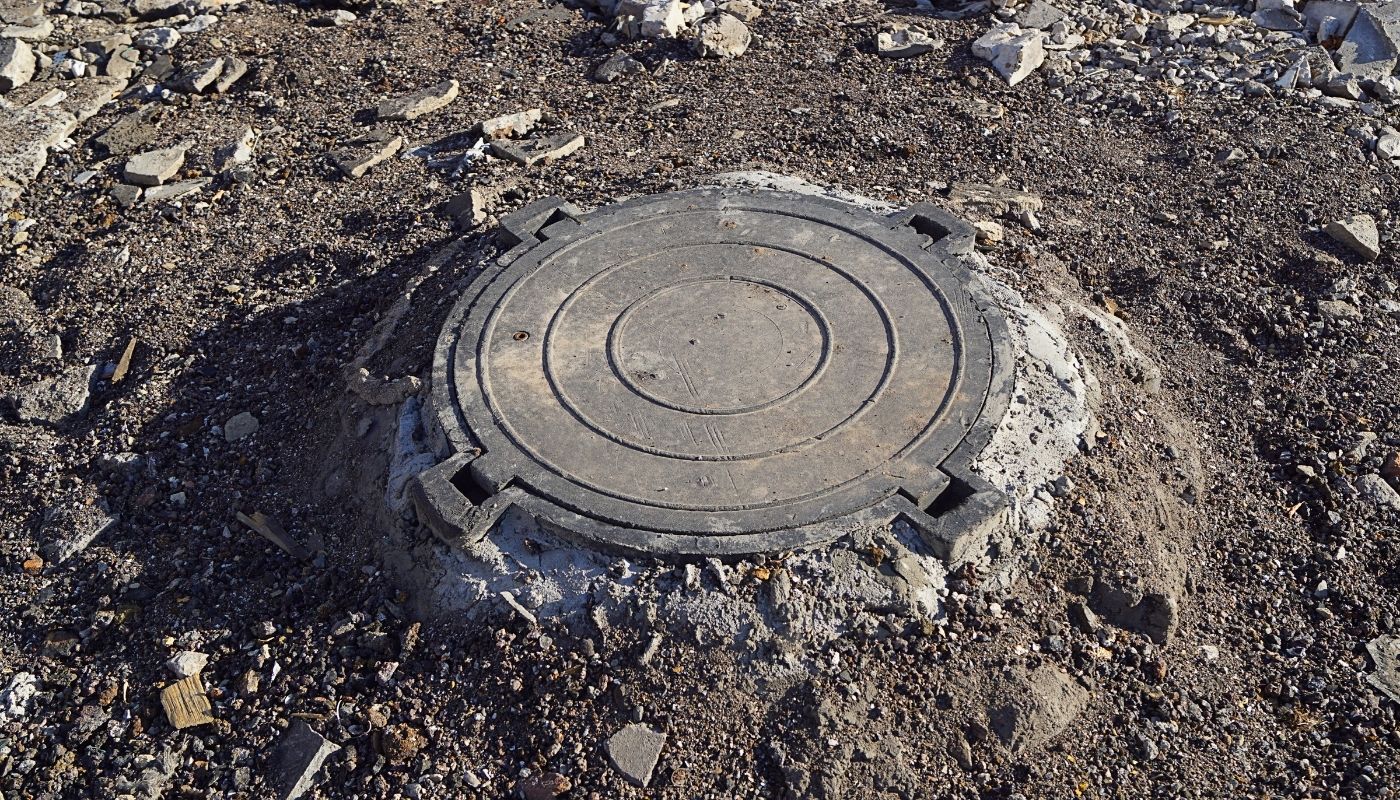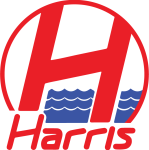No matter where you live, infrastructure is an important facet to any community. After all, infrastructure is made up by the roads, bridges, dams, water lines, and sewer systems that keep your community functional. Still, there’s a difference between green infrastructure and grey infrastructure that you must know. Read this guide for an understanding of the “green-grey” infrastructure approach to see how the two interconnect to create a sustainable, thriving community.
Green Infrastructure
Green infrastructure is the natural ecosystems within or surrounding a community. Mainly, this includes forests, floodplains, wetlands, marshes, mountains, and soil. Green infrastructure relates to the role of the natural environment and how it protects human structures from storms, natural disasters, and climate irregularities. This may also include “blue infrastructure,” in which rain gardens or reed beds treat wastewater. Rather than transferring to a water treatment facility, these natural infrastructures decentralize and treat water where it falls.
As for the challenges of green infrastructure, there’s little return on investment and higher risk management in coordinating proper infrastructure techniques with natural phenomena than man-made facilities. Green infrastructure must meet building codes and adhere to any federal, state, or local guidelines in place.
Grey Infrastructure
Contrarily, grey infrastructure is anything man-made. It refers to human-made infrastructure used to protect nearby communities. Typically, this includes water treatment facilities, roads, seawalls, dams, pipelines, sewers, and reservoirs. It’s composed of centralized management that manages human populations in urban, suburban, and rural communities.
One of the main issues with grey infrastructure is the need for continual maintenance. The ever-growing trends in urbanization require more up-to-date infrastructure to handle the challenges of higher growing populations. The presence of hard surfaces further reduces the effectiveness of green treatment in runoff, thereby requiring more treatment plants and sewer systems.
How They Interconnect
Still, when understanding the “green-grey” infrastructure approach, there’s much room for the two to interconnect. Adapting a combined approach of both natural and man-made infrastructure techniques ensures great effectiveness and cost-saving applications for cities around the globe. Granted, there will always be a demand for grey infrastructure due to growing populations and a need for quality water treatment and sewage. Still, implementing green infrastructure reduces energy costs and creates a more sustainable approach to urbanization and quality of life.
Harris Water Main and Sewer is the perfect professional sewer repair company in New York City. We have the skills, expertise, and knowledge to handle any sewer main repair in your borough. When it comes to “green-grey” infrastructure, we’ll handle it. Broken sewer systems cause havoc for affected communities, which is why we take the appropriate approach to fix all water main and sewer issues in record time, from excavation to installation. Call us with any questions or if you have an emergency water issue that we need to address.





















